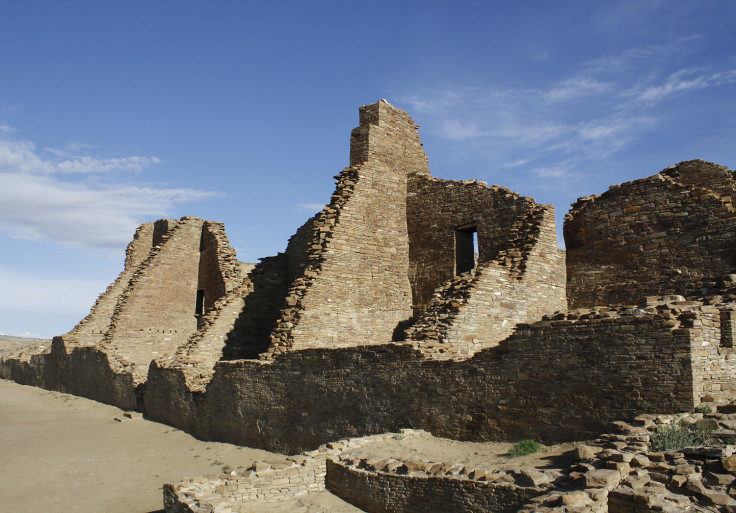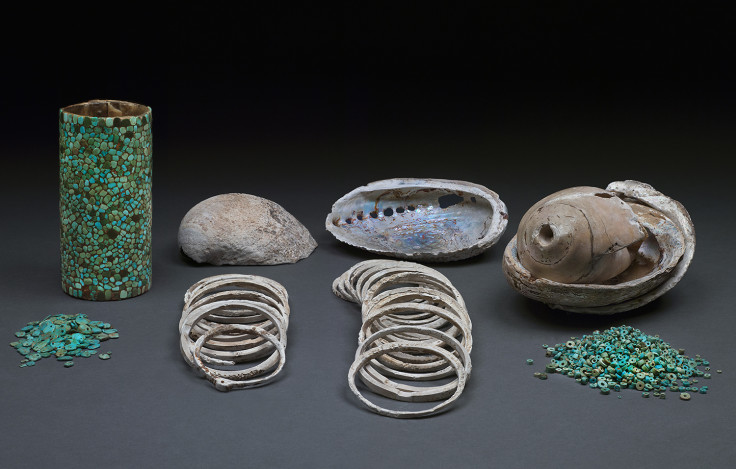Girl power: Elite status was passed on from mothers in ancient Chaco Canyon society
Mitochondrial DNA from nine elite burials reveal the same maternal lineage.
In the complex prehistoric societies of New Mexico, power was passed down the maternal line, scientists have said. Conducting a genetic analysis to establish familial and hierarchical links between ancient individuals, they have shed a new light on the cultural origins of hereditary leadership.
Researchers now know a lot about how elite status was passed down hereditarily in ancient complex societies with written cultures. However, the same is not true of complex prehistoric societies, for which there are no written sources.
The cultural origins of hereditary leadership have thus long remained unclear. There is relatively little evidence available about whether hereditary succession played a role in the early formation of prehistoric complex societies, such as the early community living in Chaco Canyon, in the south-western United States.
In the study published in the journal Nature Communications, researchers have made the most of the recent advances in ancient DNA sequencing.
They have analysed the genomes of nine individuals that lived in Chaco Canyon between 800 and 1130 CE, in the hope their DNA would give them clues about how hereditary leadership was practised at the time.
Mitochondrial DNA
The Chacoan society is known to have been complex, with some individuals holding greater power than others. Yet, there is still no consensus about the exact nature and the foundations of political hierarchy.

The individuals studied in this research were buried in a crypt at Pueblo Bonito, the largest structure in the canyon. Their remains were all laid to rest in room 33, which is considered to be an elaborate burial crypt for a high status members of the society. All were from different generations, and were interred sequentially over 330 years.
Using advanced techniques of genome sequencing, the scientists found out that the nine individuals from their sample all had the same mitochondrial DNA. Mitochondrial DNA is inherited solely from the mother. This suggests that the individuals buried in the elite crypt were all from the same maternal lineage.Looking at the six individuals whose DNA was best preserved, the researchers confirmed this with a nuclear DNA analysis.

This study thus indicates that hereditary inequality and societal complexity emerged in Chaco by the early ninth century CE. A matrilineal dynasty probably ruled over the Chacoans, with elite status and power passed on by mothers, until the society collapsed, by the 12<sup>th century CE.
These findings help improve our knowledge about the cultural origins and the nature of hereditary power in complex prehistoric societies, with no writing systems.
What is mitochondrial DNA?
Mitochondria are organelles responsible for creating the energy needed by the cells to function. They are found in the body of every living cells, separated from the nucleus which holds the nuclear DNA – the genetic characteristics inherited both from the mother and the father.
But mitochondria also have a small amount of their own DNA. Mitochondrial DNA contains 37 genes passed down to us from our mothers.
Genetic mutations in mitochondrial genes can lead to devastating diseases for offspring. Mutations in one of several different mitochondrial genes can cause Leigh syndrome, a progressive disorder of the nervous system that usually appears in infancy.
© Copyright IBTimes 2025. All rights reserved.






















